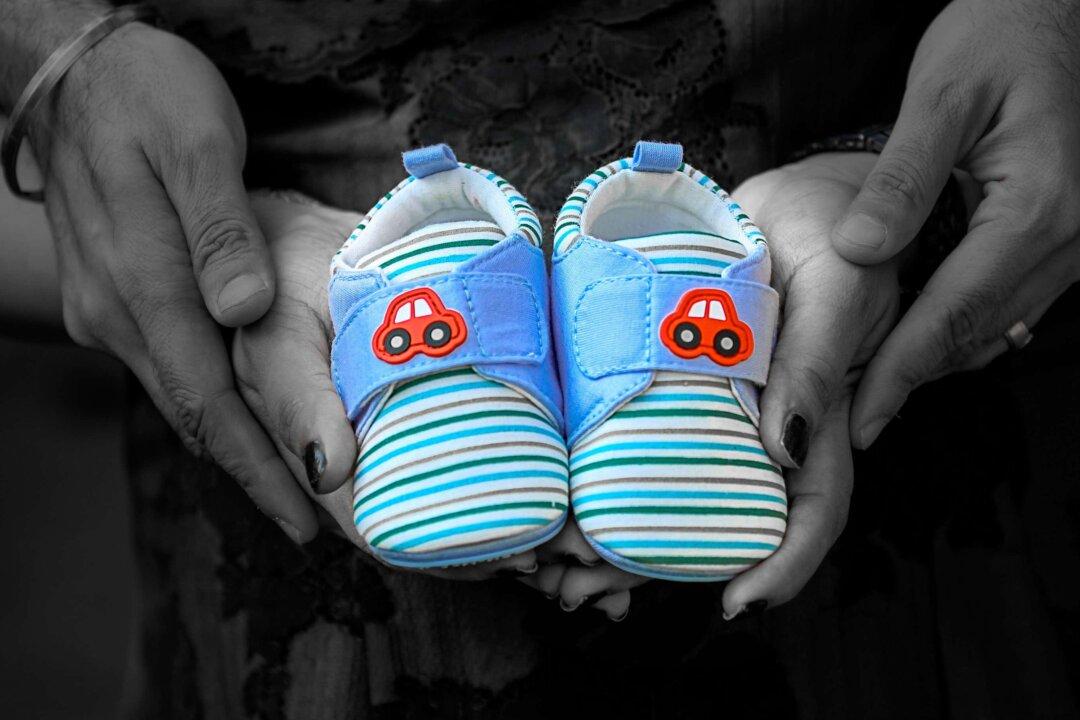The number of newborns in England and Wales has dropped to a 20-year-low in 2022, official data show.
It’s the 27th lowest since records began in 1838.

The number of newborns in England and Wales has dropped to a 20-year-low in 2022, official data show.
It’s the 27th lowest since records began in 1838.